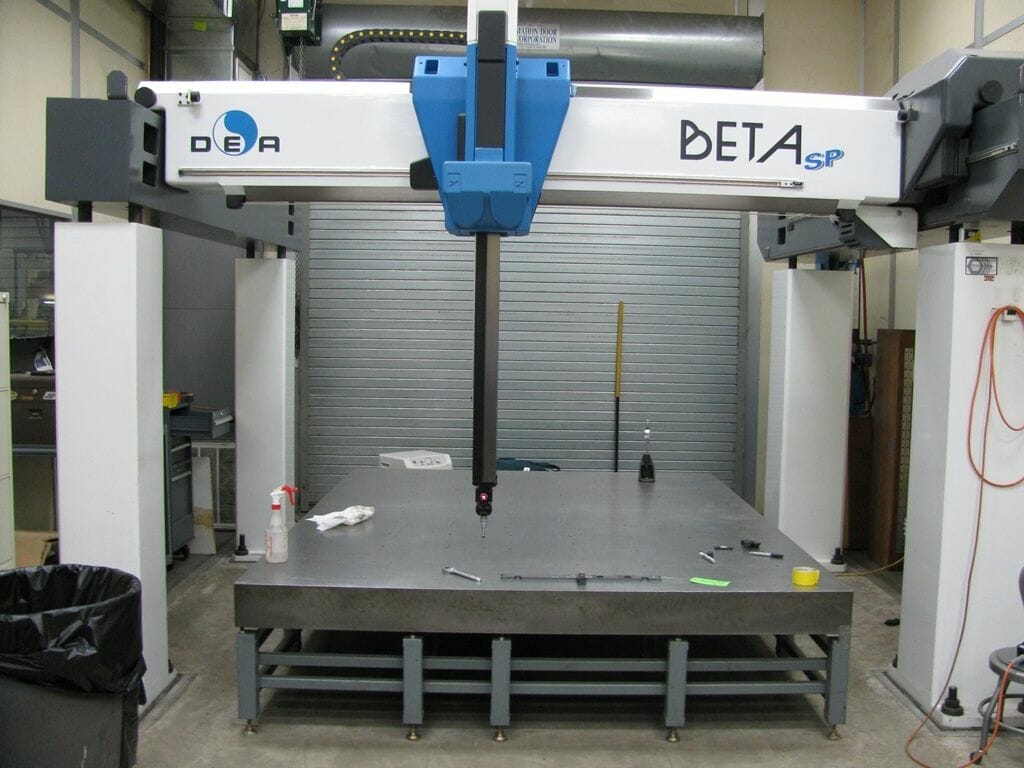As a manufacturer, you understand the importance of keeping a clear track of your stock movement in and out of the warehouse, from the raw material stage to the manufacturing process, and finally to their transformation into finished products. This is a basic summary of an inventory process.
There are several inventory techniques you may utilize to monitor your stock effectively. This article discusses seven essential ones. Read below for details.
1. ABC Analysis
The ABC analysis, also known as Selective Inventory Control (SIC), is an inventory management routine that categorizes your stock records into three groups, depending on the annual consumption value by the retailers:
- Group A: Items in this group have the highest value
- Group B: These items have a medial consumption value
- Group C: These items have the lowest value
The ABC analysis is a valuable inventory method as it helps you prioritize the production of group A items that increase sales and profits for your company. You may use inventory management software to simplify your categorization process. Therefore, with the ABC analysis technique, you can balance the production of goods to cost-effective levels.

2. Minimum Order Quantity (MOQ)
The MOQ is the least amount of stock you sell to a retailer. Its purpose is to set the minimum profit margin that covers your production costs. To determine it, you should consider your raw materials and the scope of your production. Inventory items with higher production costs usually have smaller MOQs than those that are cheaper to manufacture.
Having a practical MOQ system in place, therefore, helps you monitor your profits. And this will guide you to make business development decisions.
3. First In First Out (FIFO)
This approach implies that the first items on the inventory get sold first so that you don’t end up with obsolete items. You can implement it by placing your older products at the front ends of your warehouse and the new ones at the rear.
FIFO is a practical way to maintain the freshness of your supplies, especially when dealing with perishable goods. This technique, therefore, saves you from losses you could have incurred through your products going bad, leading you to achieve warehouse efficiency.
4. Safety Stock
This management technique involves the purchasing of stock beyond the expected demand. A crucial benefit that accompanies this approach of inventory management is its ability to prevent stockouts. You’ll, thus, run your production processes seamlessly without the worry of running out of raw materials.
5. Demand Forecasting
To make an accurate future estimate of consumer needs, you should first understand the past demand by reviewing previously recorded data. Some of the forecasting variables include:
- The economy
- Political trends
- Past growth rates
- Consumer orders
- Promotional activities
These indicators will aid you in developing a forecast of retailer demand.
6. Just-In-Time (JIT)
The JIT method involves the selling of pre-ordered commodities to retailers just as you produce them. The technique is advantageous as it reduces inventory costs and the risk of dead stock and boosts inventory turnover. This is because you only handle the inventory when required.
7. Auditing And Inventory Inspections
You should conduct regular auditing on your inventory by tracking your products. There are three main inventory audit methods in a manufacturing company. They include:
- Physical inventory: This involves the physical counting of your stock once a year, as the information is used for tax calculations.
- Spot-checking: This supplements the physical inventory. You should select a specific group of commodities and count the number. You’ll then compare the actual figures you get to those that were listed in your system before for verification purposes. You don’t need a schedule to carry out spot-checking. So, you can perform it when it’s conducive.
- Cycle counting: This is performed to verify the actuality of the number of items you physically count to those recorded in the system. Instead of counting for the entire year, you may do it daily, weekly, or monthly. Typically, higher-value products undergo more frequent counting.
Regular inventory audits are a practical application in finding and tackling potential stock warehousing problems before they occur. You may also incorporate reliable inventory management software to make the process easier.
Conclusion
To manage your inventory, you should carefully set up techniques to account for your stock. Such methods include ABC analysis, Minimum Order Quantity, Just In Time, First In, First Out techniques, safety stock purchases, demand forecasting, and inventory audits. These techniques will enable you to successfully plan for and manage your materials to ensure that your merchandise is in order to sell to retailers.
















